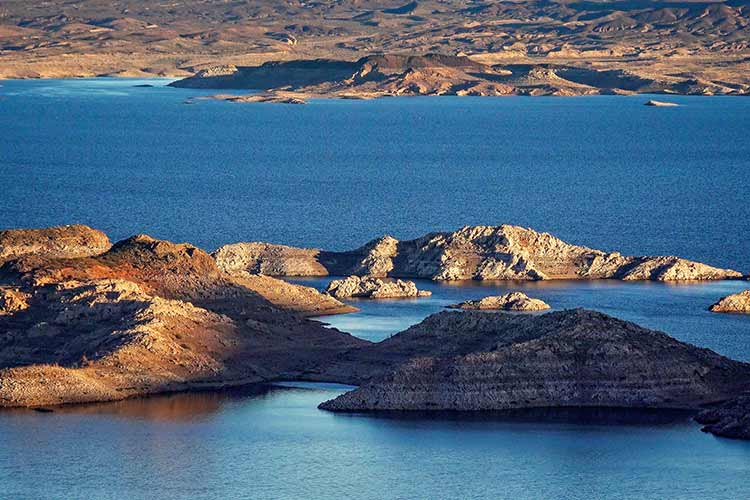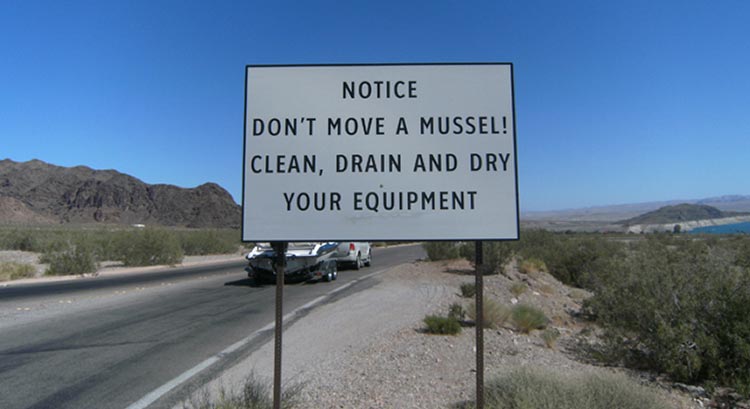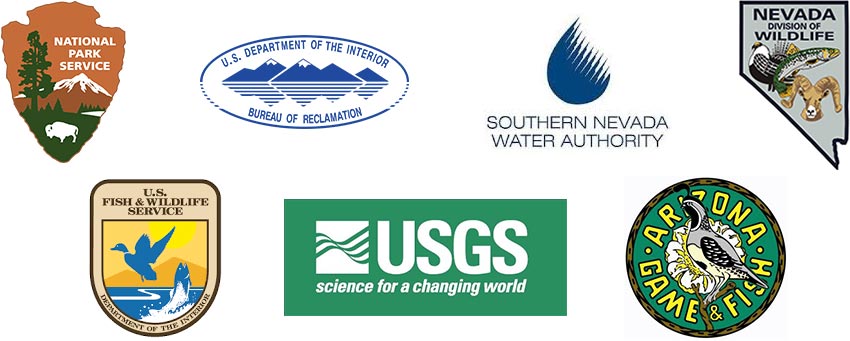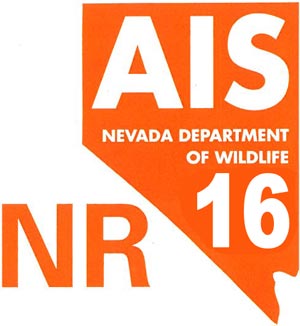
Keeping a lake the size of Lake Mead clear of invaders is a big job. Once a species invades an ecosystem it can be very hard, if not impossible, to remove. Keeping these unwelcome visitors in check is often a continuous challenge. At Lake Mead, teams of dedicated individuals are using science and hard work to combat these loathed guests but it’s a big job and requires a series of calculated steps. 1. Understanding the ProblemThe first step to controlling an invasive species is to understand the scope of the invasion. Biologists or resource managers carry out an inventory or survey of the species and find out how many there are and what effects they’ve had on the environment; It’s also critical to understand how the species entered the ecosystem. For example, the quagga mussel’s early life stage is microscopic. That means that boats can accidentally move mussels from lake to lake without anyone ever knowing that it’s happening. The DON’T MOVE A MUSSEL program educates boaters to clean, drain and dry their boat after use to prevent the mussels’ spread from one lake to another.  2. Making a PlanAfter the scope of the invasion is understood, managers need to consider the choices that are available and create a plan. Options such as controlling or preventing the spread are primary, but also repairing any damage by the unwelcome guests is also important. 3. Finding PartnersMany invasions are complex and need several helping hands to keep them under control. Finding partners that have the same goals means more personnel working on the problem and more resources. For example, since the quagga mussel was discovered in Lake Mead, the National Park Service, the Bureau of Reclamation, the Southern Nevada Water Authority, Nevada Department of Wildlife, U.S. Fish and Wildlife, Arizona Game and Fish and U.S. Geological Survey have partnered to understand, manage and control the quagga mussel invasion.  4. Establish and Advocate Rules and Laws
Depending of the type of invasive species and their mechanism of spread, regulations or laws can help control its proliferation. A successful public communication program is an important step in spreading information about the invasive organisms and the laws that govern it. For example, here in Nevada, all watercraft owners are required to purchase and display an AIS (aquatic invasive species) decal on their boat. This program funds an initiative that educates the public about reducing the spread of the quagga through inspection and enforcement activities. Both Nevada and Arizona have passed legislation authorizing boat inspection and cleaning to prevent spread of quagga mussels and other aquatic invasive species. 5. Monitoring & EvaluatingAfter managers have decided on a plan to eliminate the invasive species,or at least slow it down, they need to make sure their plan is working. Measuring the effectiveness of the plan is vital to understanding what works and what doesn’t. Continual monitoring informs the managers of its successes, as well as any issues that have occurred, so they can make changes to the plan as needed. For example, as the Tamarisk plant invaded the banks of the Colorado River, early removal strategies showed that the plant often grows back faster after being cut. Subsequent research finds that treating the cut stump with herbicide within minutes of being cut is more effective in eliminating growth. 6. Educating the PublicEducating the public about the invasive species and their effects is important for several reasons. The more people know about an invasive species, the more support an eradication program has, and the more motivation people have to change their behaviors and take action. Unfortunately, the main reason invasive species are spread are by people's actions – usually unknowingly. Across the country, in water or on land, these steps will help in identifying and controlling invasive species. It takes more than the land managers to control these unwanted guests. The public’s knowledge and understanding is also critical in controlling these species. |
Last updated: April 7, 2017
